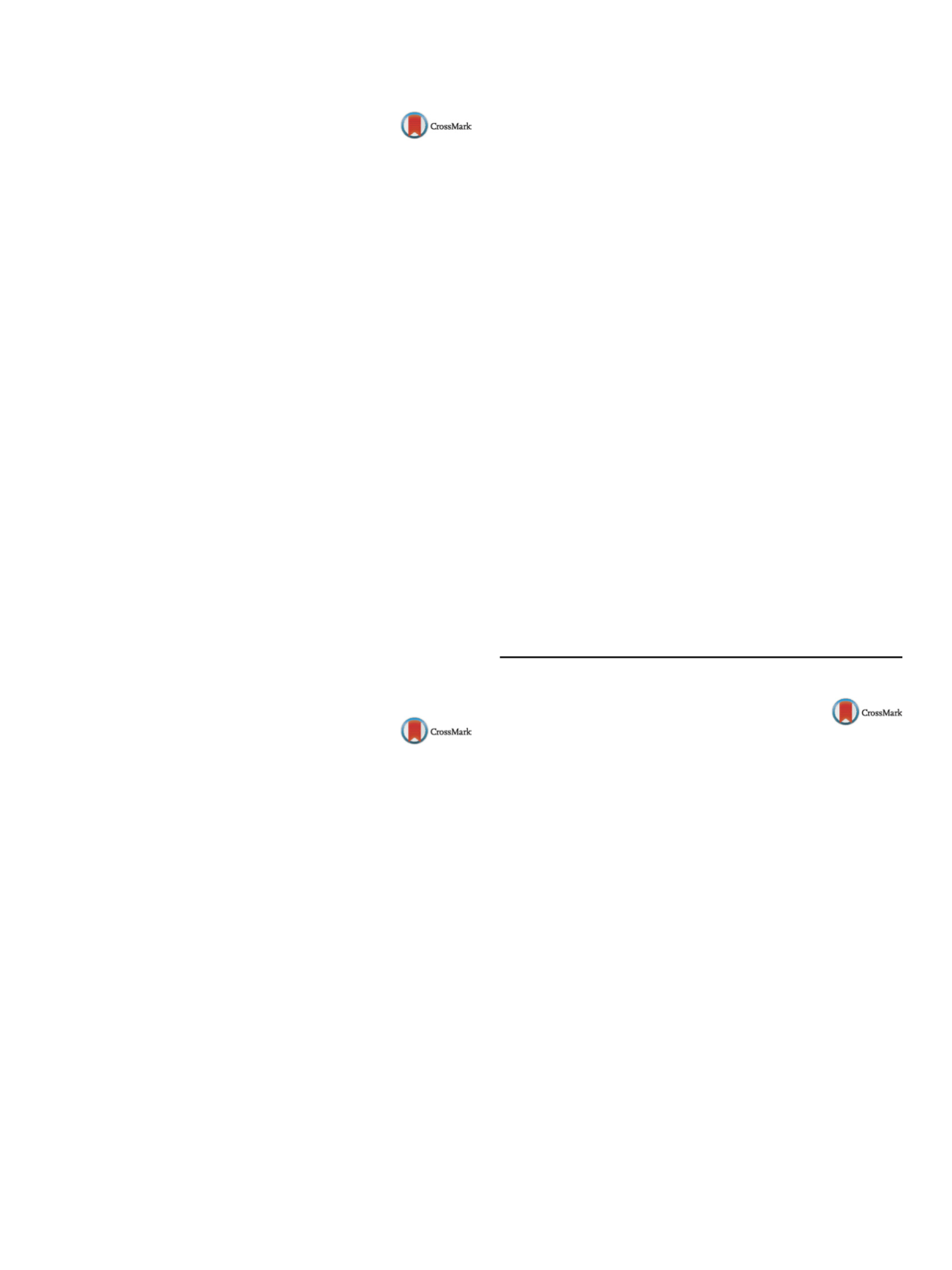

25th European Congress of Psychiatry / European Psychiatry 41S (2017) S303–S364
S309
EW0593
A neuro-developmentally sensitive
and trauma informed service delivery
approach for child and youth mental
health and psychiatry
T. Wilkes
1 ,∗
, E. Wang
2, B. Perry
31
Foothills medical centre, psychiatry, Calgary, Canada
2
Hull services, NMT service director, Calgary, Canada
3
Child trauma academy, psychiatry and behavioral services,
Houston, USA
∗
Corresponding author.
This presentation will introduce the innovative approach to child
and youth mental health and psychiatry using the neurosequen-
tial model of therapeutics (NMT). This is a neuro-developmentally
sensitive and trauma informed approach and acknowledges the
importance of early experiences shaping the organization of the
brain. An outline of the stress response and its relevance to hyper-
arousal and dissociative responses will be discussed as this impacts
attachment and the reward neuro-biology. The hierarchy of brain
development will be emphasized in the clinical approaches to
child psychiatry especially in reference to child maltreatment and
neglect. The critical role of sensory integration, self regulation,
relational health and cognitive development in treatment plan-
ning will be discussed versus the categorical diagnosis of ADHD,
autism, bipolar disorder and depression. This has profound eco-
nomic and psychopharm practice implications in child and youth
mental health treatments. Consequently the importance of these
concepts in informing public policy for early child development
and school mental health literacy will be emphasized. Additionally
the outcome of these approaches on the reduction of staff turno-
ver, critical incidents in schools and residential placements will be
shared.
Disclosure of interest
The authors have not supplied their decla-
ration of competing interest.
http://dx.doi.org/10.1016/j.eurpsy.2017.02.207EW0594
Family-based whole exome
sequencing of autism spectrum
disorder reveals novel de novo
variants in Korean population
H. Yoo
1 , 2 ,∗
, S.A. Kim
3, M. Park
4, J. Kim
5, W.J. Lim
5 , 6, D.H. Noh
1,
D.W. Han
7, C. Shin
8, N. Kim
5 , 61
Seoul national university Bundang hospital, psychiatry, Seongnam,
Republic of Korea
2
Seoul national university college of medicine, psychiatry, Seoul,
Republic of Korea
3
Eulji university, pharmacology, Deajon, Republic of Korea
4
Eulji university, epidemiology, Deajon, Republic of Korea
5
Korea research institute of bioscience and biotechnology,
personalized genomic medicine research center, Deajon, Republic of
Korea
6
Korea university of science and technology, functional genomics,
Deajon, Republic of Korea
7
Konkuk university, school of medicine, stem cell biology, Seoul,
Republic of Korea
8
Konkuk university, school of medicine, pharmacology, Seoul,
Republic of Korea
∗
Corresponding author.
Objectives
The objective of this family-based whole exome
sequencing (WES) is to examine genetic variants of autism spec-
trum disorder (ASD) in Korean population.
Methods
The probands with ASD and their biological parents
were recruited in this study. We ascertained diagnosis based
on DSM-5
TM
criteria, using Autism Diagnostic Observation Sche-
dule and Autism Diagnostic Interview–Revised. We selected
probands with typical phenotypes of ASD both in social inter-
action/communication and repetitive behaviour/limited interest
domains, with intellectual disability (IQ < 70), for attaining homo-
geneity of the phenotypes. First, we performed WES minimum
50
×
for 13 probands and high-coverage pooled sequencing for
their parents. We performed additional WES for 38 trio families,
at least 100
×
depth. De novo mutations were confirmed by Sanger
sequencing. All the sequence reads were mapped onto the human
reference genome (hg19 without Y chromosome). Bioinformatics
analyses were performed by BWA-MEM, Picard, GATK, and snpEff
for variant annotation. We selected de novo mutation candidates
from probands, which are neither detected in two pooled samples
nor both parents.
Results
Fifty-one subjects with ASD (5 females, 40
∼
175 months,
mean IQ 42) and their families were included in this study. We
discovered 109 de novo variants from 46 families. Twenty-nine
variants are expected to be amino acid changing, potentially cau-
sing deleterious effects. We assume CELSR3, MYH1, ATXN1, IDUA,
NFKB1, and C4A/C4B may have adverse effect on central nerve sys-
tem.
Conclusions
We observed novel de novo variants which are assu-
med to contribute to development of ASD with typical phenotypes
and low intelligence in WES study.
Disclosure of interest
Thiswork has been supported byHealthcare
Technology R&D project (No: A120029) by Ministry of Health and
Welfare, Republic of Korea.
http://dx.doi.org/10.1016/j.eurpsy.2017.02.208e-Poster Walk: Comorbidity/Dual pathologies and
guidelines/Guidance - Part 2
EW0595
Dual diagnosis and treatment:
The experience of a multiprofessional
team in mental health
J. Jaber
∗
, J. Verissimo Jr , J. Mendonc¸ a , M. Schwartz , S. Leite ,
S. Humel , A. Moravia , T.T. Raposo , M. Garrido , E. Halabi ,
A. Hollanda , B. Reys
Clínica Jorge Jaber, Saúde Mental, Rio de Janeiro, Brazil
∗
Corresponding author.
Introduction
The work was developed with the people hospitali-
zed in the period of 1 year in a psychiatric clinic inRio de Janeiro city,
Brazil. 175 patients who presented dual diagnosis were evaluated.
Objectives
The research aims to know the distribution of themost
frequent psychiatric diagnosis associated with the disorders for the
use of psychoactive substances. The work also has as objective to
assess the treatment of patients carrying these disorders so that
there is a better efficiency of the individual treatment plan.
Methods
The work consisted of the evaluation of all patients
who were admitted to the clinic in the period of 1 year, using
the ICD-10 for the diagnosis of dual pathologies. All the patients
were assessed by the multiprofessional team, composed by gene-
ral practicioner, psychiatrist, psychologist, pharmaceutic, therapist
in chemical dependence, family therapist and physiotherapist. The
patients were treated with the use of psychopharms, cognitive
behavioral psychotherapy, 12-step program, art therapy andmode-
rate physical activity. Family members of all patients were also
interviewed.
Results
In the evaluation conducted by the team, it was found
the following distribution of the most frequent diagnosis associa-
ted to disorder for the use of psychoactive substances: depression
(26.3%), personality disorder (22.9%), bipolar disorder (22.3%), non-


















